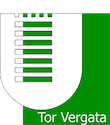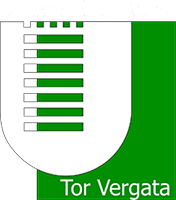Borders, thresholds and limits. Reading Virginia Woolf and Ingeborg Bachmann through Michail Bachtin
DOI:
https://doi.org/10.58015/2036-2293/574Keywords:
Border, limit, liminality, ModernismAbstract
If the category of the border, which Bachtin adapted from the natural sciences, is functional in highlighting the Russian theorist's biographical experiences and his thought, it is also a privileged tool to analyse Virginia Woolf’s and Ingeborg Bachmann’s works, two female authors who, despite their different ways and times, contributed to the transformation of 20th century literature, developing the poetic of the liminary zones and tracing unique literary paths. The border, a powerful chronotopic place, is thus expressed in a complex set of literary images. In Woolf's modernist masterpiece To the Lighthouse, boundaries and thresholds, doors and windows engage a dialogue, and the experience of death is unveiled in a liminal ritual between the Ramsey family's past and future. In Bachmann’s work, an authoress originating from the frontier, one can trace a fertile universe of liminary elements, such as the bridge, the river, the departure or the journey as in her early collections of poems, but above all the figure of Undine, an aquatic creature who, between land and sea, tells her heartfelt farewell.
Downloads
Published
How to Cite
Issue
Section
License
Copyright (c) 2022 Cecilia Regni

This work is licensed under a Creative Commons Attribution-NonCommercial-ShareAlike 4.0 International License.







